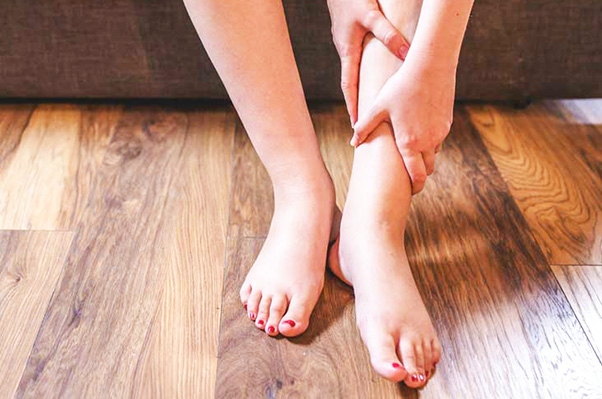Some skin conditions are brought about by stuff coming from the environment, such as bacteria and irritating ingredients found in personal care and household cleaning products. But then there are also those that are due to internal factors. This article will get you introduced to what’s called stasis dermatitis.
Basically, it’s a skin problem that can be blamed on poor blood circulation to the legs. So needless to say, stasis dermatitis is often observed in the lower extremities, in particular the feet and ankles. Treatment is crucial because such can lead to various complications, and some of them include ulceration, cellulitis and permanent scarring.
If you like to know more about stasis dermatitis, keep on reading. Below you will come across some of the most essential matters concerning this skin condition. Don’t forget to share this article on your various social media sites later on especially if you have family members and friends who have blood circulation-related problems.
Cause
According to health experts, the reason for the development of stasis dermatitis is poor blood circulation in the legs. It can be easy for blood to pool in the legs because of a couple of reasons. First, there’s gravity that can cause accumulation of blood to the lower extremities. Second, the valves in the blood vessels in the legs may get damaged easily.
The collection of blood to the legs can cause the various components of the blood to leak out, which is evidenced by a very common symptom of stasis dermatitis which is swelling. Due to such leakage, the skin cells are deprived of oxygen. Such is basically the reason why skin discoloration, itching and ulceration happen.
Some people are simply more prone to having stasis dermatitis than the rest. They include those who suffer from what’s known as venous insufficiency. Congestive heart failure and high blood pressure are regarded as risk factors, too. Multiple pregnancies, varicose veins, obesity, and trauma or injury to the legs may also trigger stasis dermatitis.
Signs and Symptoms
Initially, the skin may appear thin and feel itchy. Further changes may be observed eventually, such as the skin becomes thicker and also has a lumpy appearance. The legs may also appear swollen, which is something that can be expected since stasis dermatitis is brought about by the accumulation of blood in the lower extremities.
One of the hallmark symptoms of stasis dermatitis is skin itching. Scratching is a complete no-no as it can easily make matters worse. If the skin ends up broken, a secondary infection may strike. The legs may also feel heavy most especially when the individual stands up. Calf pain and tenderness are also experienced.
If left untreated, it’s very much possible for stasis dermatitis to cause ulcers to form on the skin. Due to the presence open sores, secondary infections may take place rather easily, which can affect the skin tissues and even the bones. Needless to say, ulcerations can leave permanent scars.
Treatment
It’s very important for stasis dermatitis to be treated very well in order to fend off the above-mentioned complications. At the first sign of skin ulcers, it is recommended for a doctor to be visited to make sure that those open sores heal properly. Poor blood circulation to the lower extremities can cause issues with wound healing.
Because stasis dermatitis is often the result of a medical condition that involves the circulatory system, it’s important to deal with the underlying cause. For instance, the blood pressure needs to be controlled if hypertension is the cause. If being overweight is the one to blame for such, eliminating excess pounds is highly recommended.
At home, the individual who is suffering from stasis dermatitis should avoid standing and sitting for hours on end to keep the blood from accumulating in the legs. When sitting or lying down, it is a good idea for the legs to be elevated. The use of compression stockings can help in preventing leg swelling.
